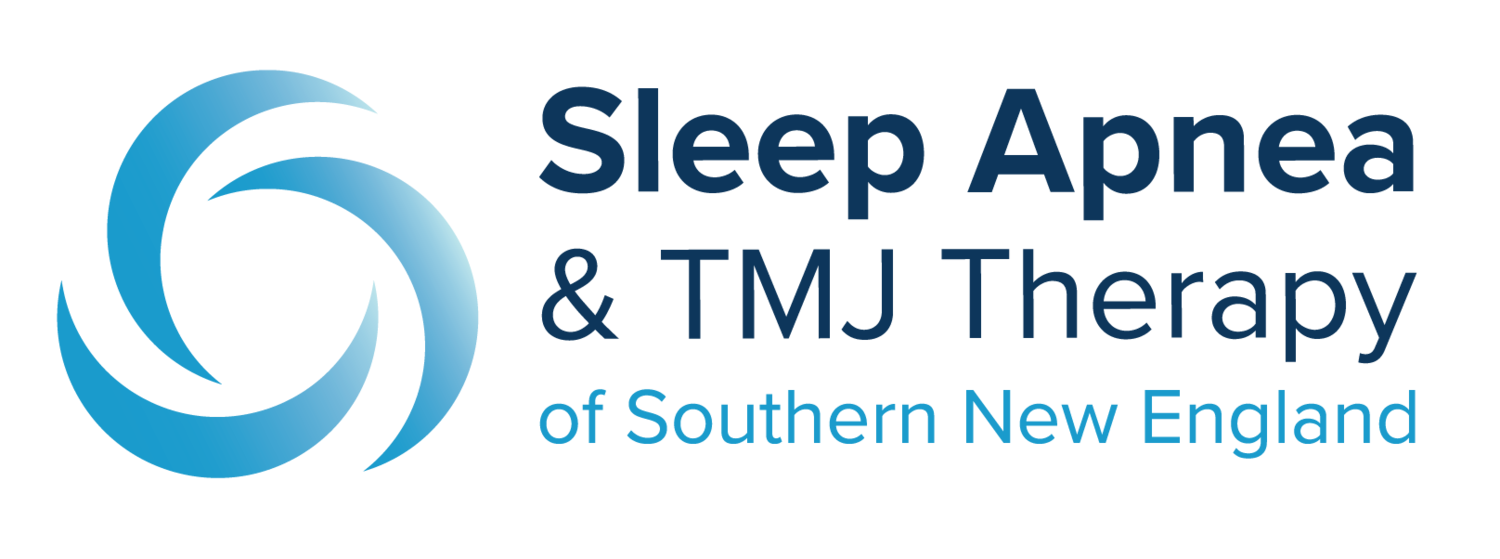About Sleep Apnea
What is Obstructive Sleep Apnea and what causes it?
Obstructive sleep apnea (OSA) is a potentially deadly sleep disorder, characterized by intermittent cessation of breathing during sleep. OSA affects between 18 and 30 million adults in the US with approximately 90% of them undiagnosed. OSA is a serious, lifelong medical condition that can affect your sleep, health, and quality of life.
OSA is caused by a temporary closure of the airway, usually when the soft tissue in the rear of the throat collapses during sleep.
Who gets sleep apnea?
OSA occurs in about 25 percent of men and nearly 10 percent of women and can affect people of all ages, including babies and children, but particularly adults over the age of fifty. It is frequently present in patients who have certain structural abnormalities that reduce the diameter of the airway, such as a large neck, obstructed nasal cavity, low-hanging soft palate, enlarged tonsils, or even a long, thin neck. It is estimated that the prevalence of OSA in obese adults is as high as 45%. The use of alcohol, sedatives, and tranquilizers increases your risk of OSA. Your risk of having it is increased if you have a history of the disease in your family.
What are the symptoms of OSA?
The first signs of OSA are often recognized not by the patient, but by the bed partner. Many of those affected have no sleep complaints. The most common signs and symptoms of OSA in adults include:
OSA symptoms in adults
Snoring
Daytime sleepiness or fatigue
Restlessness during sleep, frequent nighttime awakenings
Sudden awakenings with a gasping or choking sensation
Dry mouth or sore throat upon awakening
Cognitive impairment, such as trouble concentrating, forgetfulness, or irritability
Mood disturbances (depression or anxiety)
Night sweats
Sexual dysfunction
Headaches
OSA also affects children. Signs to look for include:
Poor school performance
Sluggishness or sleepiness, often misinterpreted as laziness in the classroom
Daytime mouth breathing and difficulty swallowing
Inward movement of the ribcage when inhaling
Unusual sleeping positions, such as sleeping on the hands and knees, or with the neck hyper-extended
Excessive sweating at night
Learning and behavioral disorders (hyperactivity, Attention Deficit Disorder)
Bedwetting
What are the effects of OSA on your health?
Repeated awakenings associated with OSA make normal, restorative sleep impossible and lead to daytime fatigue. People with OSA often experience severe daytime drowsiness, fatigue, and irritability. Other effects include:
Difficulty concentrating at work, falling asleep at work, watching TV, or while driving. People with OSA have an increased risk of motor vehicle and workplace accidents.
Quick tempered, moody, or depressed feelings. Children and adolescents with OSA may struggle in school or have behavioral problems.
High blood pressure or heart problems. Sudden drops in blood oxygen levels occur during OSA and lead to increased blood pressure and strain the cardiovascular system. People with OSA are more likely to have high blood pressure than those without OSA.
OSA may increase the risk for recurrent heart attacks, and abnormal heartbeats, such as atrial fibrillation. OSA increases the risk of stroke. If there's underlying heart disease, these multiple episodes of low blood oxygen can lead to sudden death from an irregular heartbeat.
Type 2 Diabetes. People with OSA are more likely to develop insulin resistance and Type 2 Diabetes compared to other people without the sleep disorder.
Metabolic syndrome. This disorder is a collection of other risk factors linked to a higher risk of heart disease. The conditions that make up metabolic syndrome include high blood pressure, abnormal cholesterol, high blood sugar, and an increased waist circumference.
Complications with medications and surgery. OSA is a concern with certain medications and general anesthesia. People with OSA may be more likely to experience complications following major surgery because they are prone to breathing problems, especially when sedated and lying on their backs. Before having surgery, it is important to tell your doctor if you have OSA and how it is managed.
Liver problems. People with OSA are more likely to have abnormal results on liver function tests, and show signs of liver scarring. This is a condition known as nonalcoholic fatty liver disease.
Cancer
Disruption of bed partner’s sleep. Many bed partners of people who snore may be sleep-deprived as well. Loud snoring can keep others from getting good rest and eventually disrupt relationships. It's not uncommon for a partner to sleep in another room, or even on another floor of the home.








